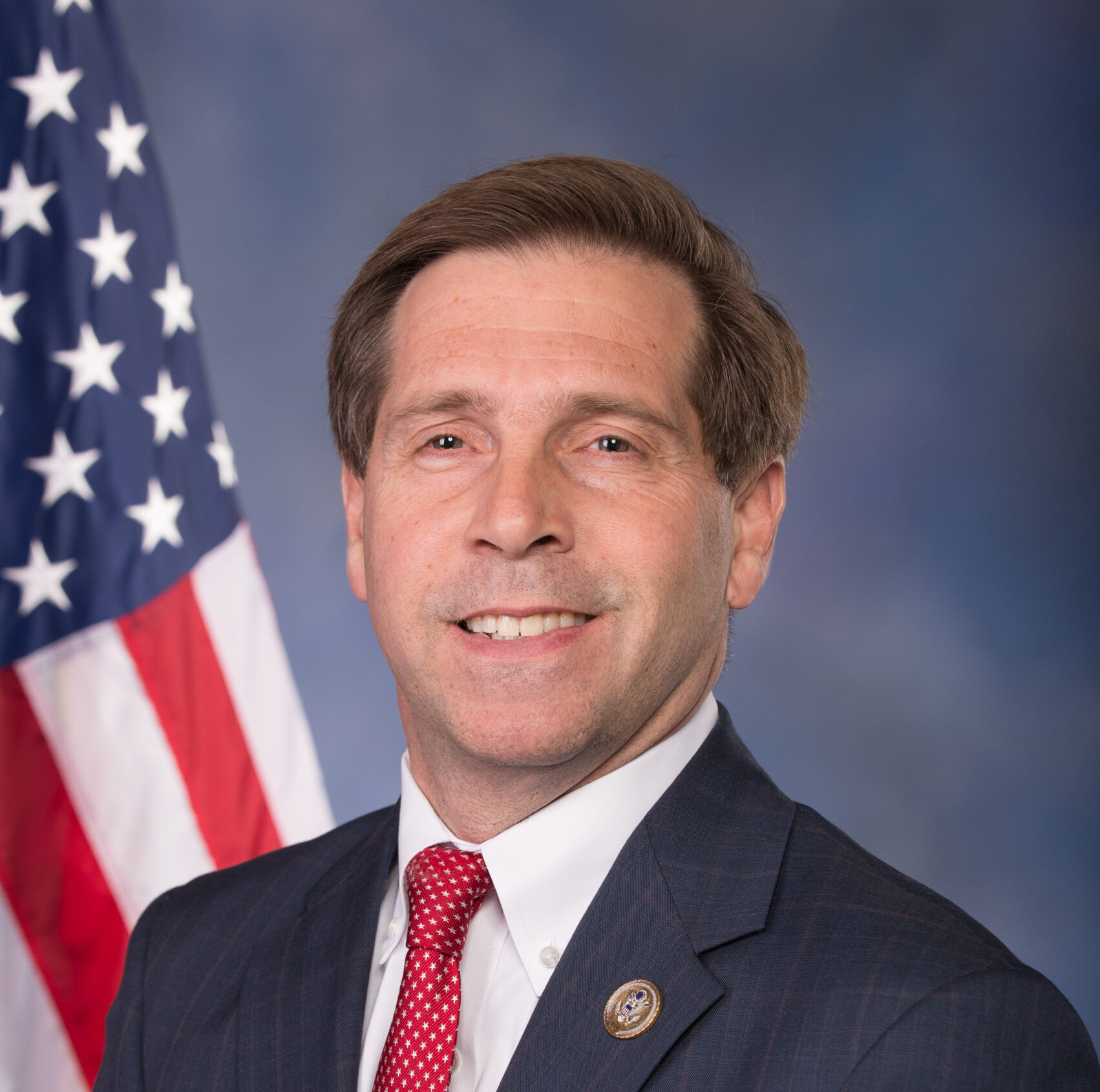
The GOP-controlled House Appropriations Committee on Thursday approved a fiscal 2024 energy and water development spending bill that would keep funds for the Department of Energy’s Cold War and Manhattan Project cleanup at roughly $8.3 billion.
The final committee vote was 34-to-24. The full House had not scheduled the bill for a vote at deadline and the Senate Appropriations Committee had not scheduled its own markups at deadline.
Under the House committee’s bill, the largest tranche of spending, Defense Environmental, would remain around the $7.1-billion authorized by Congress for 2023 and requested by the White House for the new fiscal year. However, the bill would trim both Non-Defense Environmental spending and the Uranium Enrichment Decontamination and Decommissioning fund.
Non-defense cleanup would be funded at $342 million, according to the bill, less than the $359 million appropriated last year and the $352 million sought by the administration of President Joe Biden (D).
Funding for cleaning up uranium enrichment sites in Kentucky, Ohio and Tennessee would be set at $865 million, less than the $879 million OK’d by Congress in fiscal 2023 but more than the $857 million sought by the White House earlier this year.
The Hanford Site in Washington state, DOE’s most contaminated and costly property, would continue to receive more than a third of the nuclear cleanup spending under the House committee’s bill.
The committee proposal would provide $1.88 billion for Hanford’s Office of River Protection, up from the $1.73 billion authorized for fiscal 2023 but less than the nearly $1.98 billion requested by the administration. The site’s Richland Operations Office would receive $921 million, equal to the agency request but less than the $1 billion set in fiscal 2023. The offices handle liquid and solid waste cleanup, respectively.
Altogether, House Appropriations’ bill sets Hanford’s total Defense Environmental funds at $2.8 billion, more than the $2.73 billion approved for 2023, but less than the almost $2.9 billion requested by the White House.
It’s noteworthy that the appropriation panel would provide $544 million for development of a High-Level Waste Facility at the new vitrification plant, far above than the $392 million Congress budgeted in the current fiscal year but below the $600 million sought by the agency.
The bill report stressed a “balanced approach” where other big sites, including the Savannah River Site in South Carolina, did not get shortchanged.
The Office of Environmental Management’s funds for the Savannah River Site would amount to about $1.65 billion under the committee’s bill, equal to the 2023 Congressional authorization, and more than the $1.58 billion requested by DOE.
The bill would provide $946 million for liquid waste cleanup at Savannah River, above the $852 million for 2023 and the $880 million administration request.
The Oak Ridge Site in Tennessee, home turf of energy and water subcommittee chair Rep. Chuck Fleischmann (R-Tenn.), would see its fiscal 2024 Environmental Management grow to $565 million or $60 million more than Congress provided in 2023 and the administration requested for 2024. The bulk of the increase, $29 million worth, would go to decommissioning and teardown of old nuclear buildings.
The nuclear cleanup appropriation for Idaho National Laboratory would be $478 million in fiscal 2024 under the bill, $20 million above last year’s appropriation and $31 million more than the agency requested. The lab this year started radiological operations of the Integrated Waste Treatment Unit, and the proposal provides $47 million more in fiscal 2024 for Idaho Cleanup and Waste Disposition. The Cleanup and Waste Distribution tranche, the bulk of the lab remediation budget, would be $425 million in fiscal 2024, up slightly than the $424 million budgeted last year and far more than the $378 million requested by the administration.
At the Waste Isolation Pilot Plant in New Mexico, the House Appropriations Committee mirrored the $464 million White House request, a $6 million increase over the fiscal 2023 appropriation level. With construction winding down on two major infrastructure projects, the Safety Significant Combined Ventilation System and the Exhaust Shaft, combined spending at the transuranic waste disposal site would dip to $94 million in 2024 from $105 million in 2023.
The committee’s bill, basically passed along party lines, was approved after hours of debate on everything from realistic expectations for the National Nuclear Security Administration’s plutonium pits production plans, to cutting money for Biden’s Justice40 Initiative, which is being rolled out at DOE’s Los Alamos National Laboratory in New Mexico and elsewhere.
As is common, the committee used its bill report to offer direction to DOE. For example:
- It directed Environmental Management to file for a state permit by the end of this year to commence a 2,000-gallon demonstration of the test bed initiative. The acting head of nuclear cleanup, William (Ike) White, announced this week DOE has sought a research permit for the project, which entails sending liquid waste out of state for grouting and disposal.
- It gives DOE six months to submit a plan for replacement of the 70-year-old C–100 program support facility at the Paducah, which is running up maintenance costs of $1 million annually.